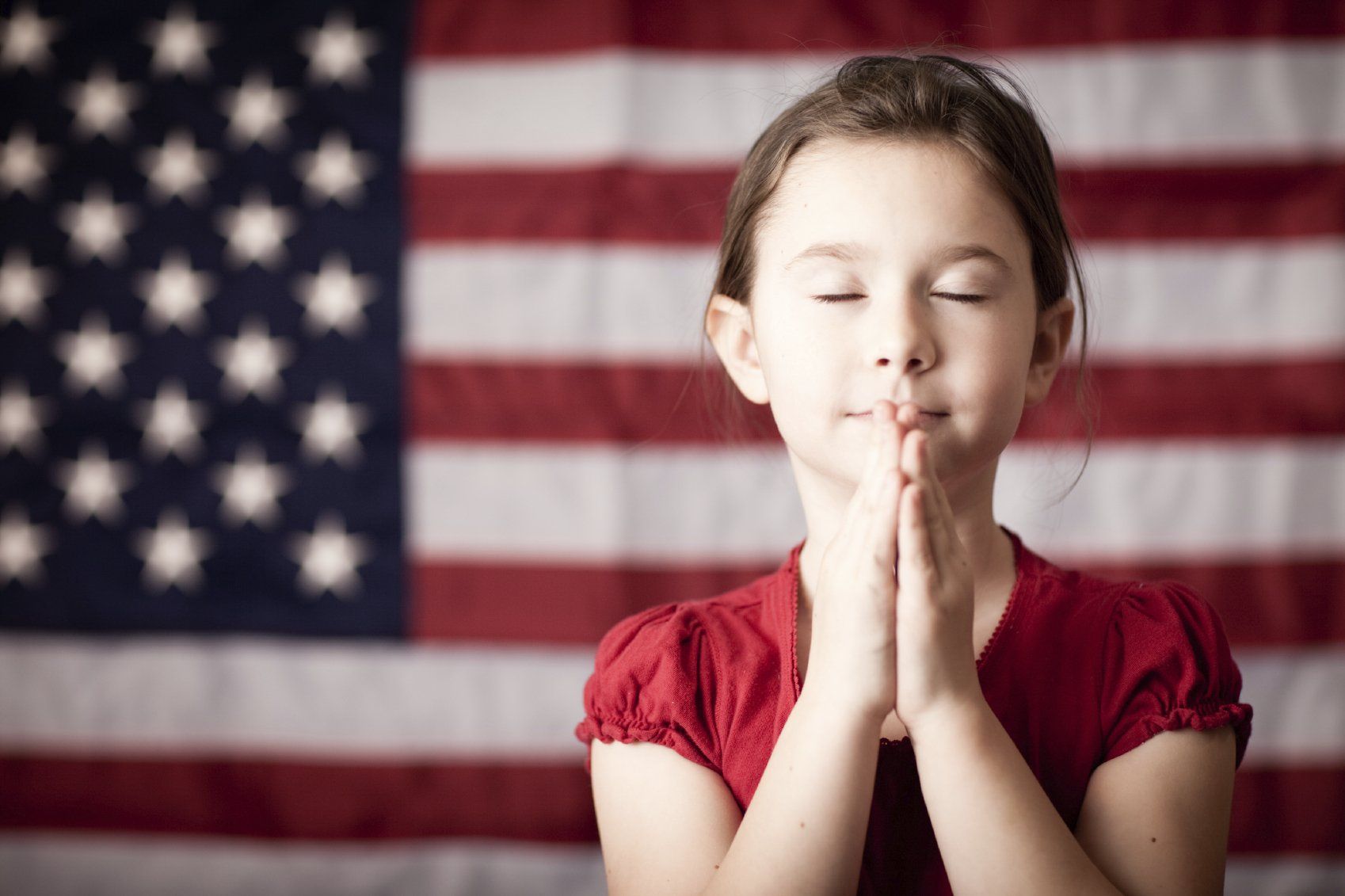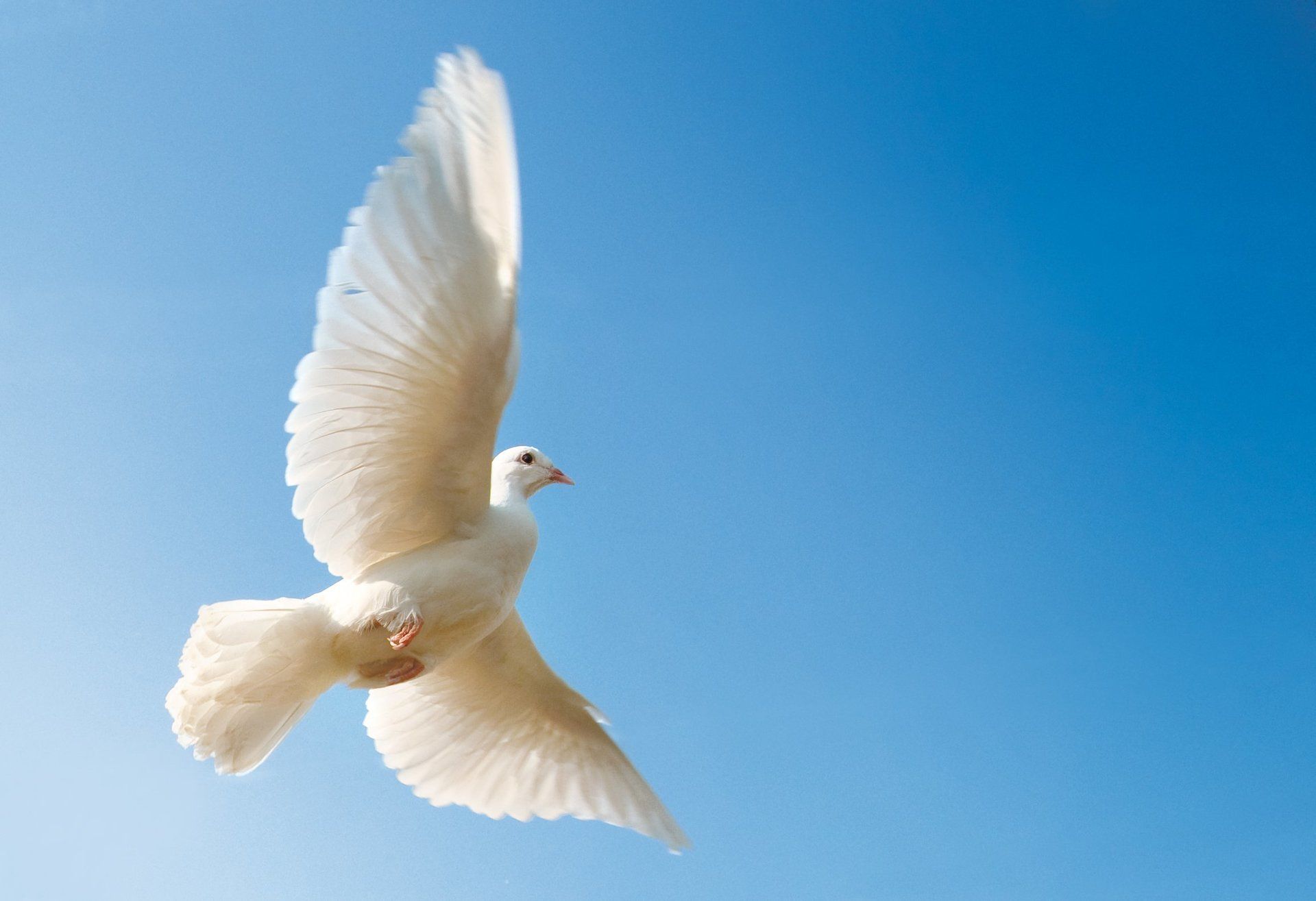Culture:Geography, Science, History, Art, Music
"It is through appropriate work and activities that the character of the child is transformed. Work influences his development in the same way that food revives the vigor of a starving man. We observe that a child occupied with matters that awaken his interest seems to blossom, to expand, evincing undreamed of character traits; his abilities give him great satisfaction, and he smiles with a sweet and joyous smile." - Maria Montessori
Challenge
A sense of wonder
is awakened through significant, memorable interactions with truth. That's why we put so much emphasis in significant interaction with the real world. Children will meet people from around the globe and will connect
with their stories and experiences. They will manipulate objects from that place, use country maps and flags and create puzzles, make land formations, and study the diverse and beautiful parts of the ecosystem of our plant Earth. We will learn about the physical, mathematical, and political components of our Earth.
Physical geography is the study of the land, water and air of the planet, and it includes subjects such as landforms (rivers, lakes, mountains, valleys, lakes, gulfs, etc), climate, biomes (animals and plants native to an area) and weather patterns. Mathematical geography has to do with the things we measure on earth, such as latitudes, longitudes, altitude, calendars, etc. Political geography includes the study of the people of the earth, such as races, governments, political boundries, etc.
Animals facinate children, and we will study real animals, plants and their habitats, biome maps, the political boundries, the languages, foods and traditions of the people of that continent. We will learn about astronomy, botany, zoology, anatomy, and the best in art and music.
Value
The knowledge of geography establishes a mind-map for the study of all other subjects. For example, if a person is reading a book for literature, when the book establishes the setting, the person is better able to imagine and make connections if the person knows where that place is located on the planet, what the climate is like, what the culture is like, and through geography the person is better able to understand and recall the story told in the book. Geography serves as a great connector for interdisciplinary learning.
Children have proven to us time and again that their minds are ready, even thirsty, to absorb scientific knowledge, to acquire an understanding of the world, its animals, plants, peoples and wonders.
While most other schools do not teach geography as a separate subject, we emphasize it and children love it!























